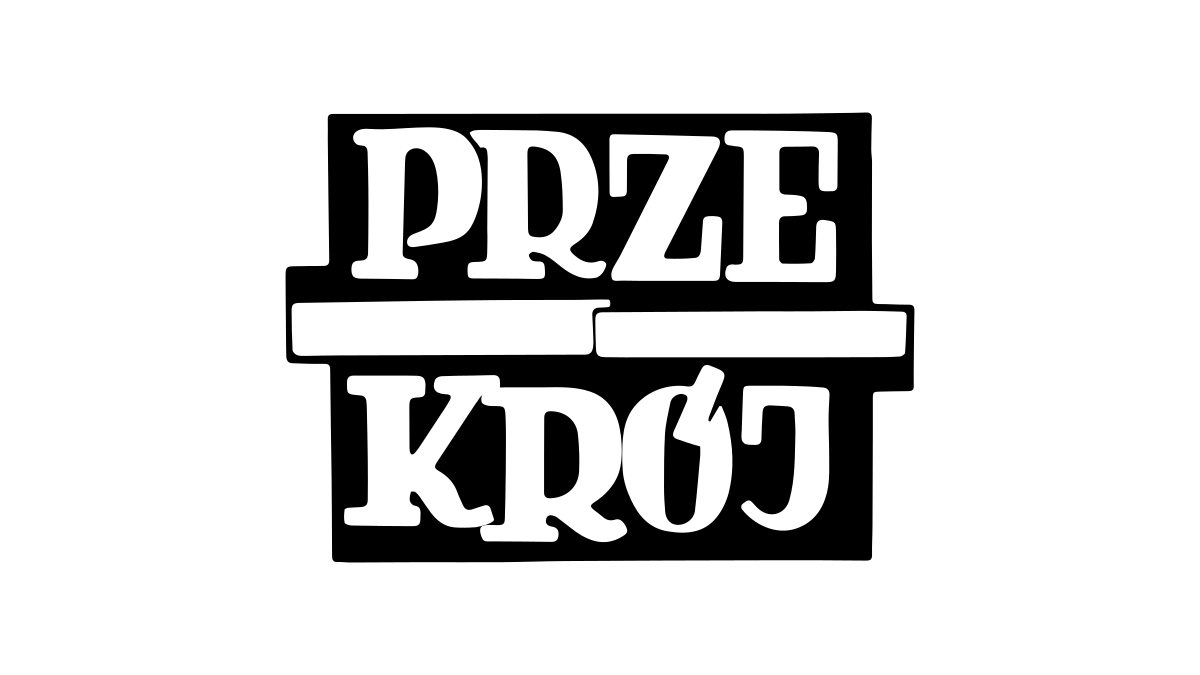
“I crossed the threshold and found myself on the side of the trees and animals. I therefore speak on their behalf. I finished my studies in biology, but it wasn’t until my years spent in the forest that I learned to understand the language of animals. And I know it so well now that I should be burnt at the stake as a witch,” Simona Kossak reminisced. In 1971, an envoy of “Przekrój” magazine visited Kossak and photographer Lech Wilczek at their sanctuary in the heart of the primeval Białowieża Forest.
Hidden in the heart of the forest, six kilometres from the town of Białowieża, is a nature reserve. It is now covered in fresh thick snow. They call this place Dziedzinka; sitting on a lovely clearing is a forest lodge with a barn next to a sprawling tree, along with roughly carved chair-like objects and a round table made of oak, at which one eats all meals during the warm season, accompanied by candlelight coming from an ancient candelabra. Running out from the inner hedge is Żabka (‘Froggy’), a sow playing the role of the domesticated ‘dangerous dog’. Lazily strolling out to welcome guests is Hepunia, a donkey seeking affection. A giant yet calm dog bolts out; it’s Troll, whose mum was a Boxer and whose dad was a German shepherd, and who is a creature of great beauty, intelligence and tenderness of heart. Before I even make it to the porch, Korasek the crow first pecks at my leg around my ankle and then proceeds to steal a pen from my pocket; fortunately, he is open to bribes and returns it in exchange for an egg. Greeting me in the door are my hosts, Simona Kossak, a zoologist, and the well-known photographer and author of many animal albums, Lech Wilczek. One half of the forest lodge houses part of the furnishings from Kossakówka (the Kossak’s family home in Kraków), including beautiful furniture, paintings and old weapons; the other half meanwhile holds a collection of clocks and lamps from Warsaw. The eyes of two owls penetrate the newcomer; maybe he has








